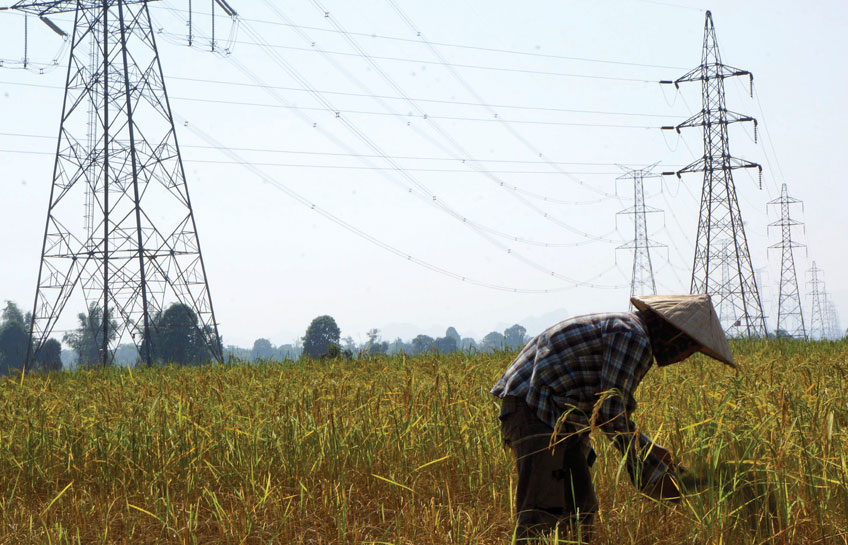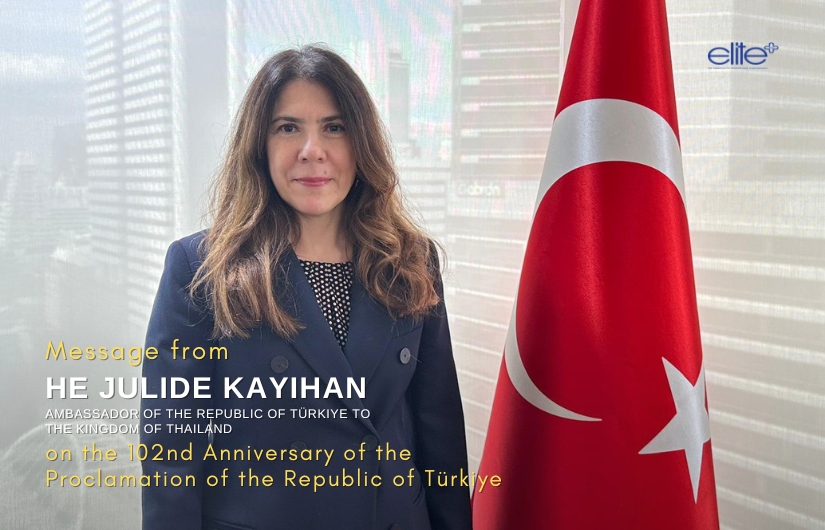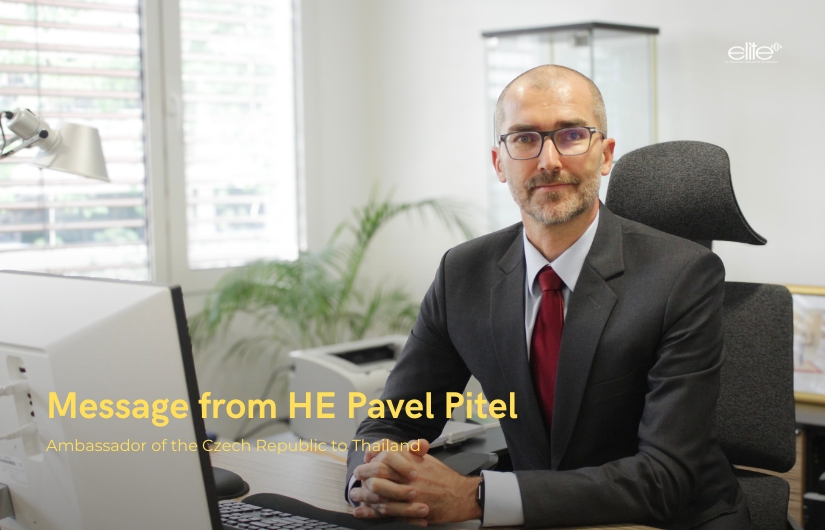As the clock ticks down to the commencement of the AEC, a hiccup is being felt in the Mekong Sub-Region, comprising Thailand, Laos, Cambodia and Vietnam. Laos is ignoring calls to delay construction of the Don Sahoeng Dam on a tributary of the Mekong River in lower Laos. Neighbours worry the project will affect river ecology, since the dam will block fish migration routes to the Tonle Sap Lake in Cambodia and the soil sediment enriching farmland in Vietnam. Lowering the freshwater table will also induce seawater intrusion into Vietnamese rice fields.

Surrounded by competitive neighbours such as Vietnam, Thailand or economically surging Cambodia, the Lao PDR would be an unlikely manufacturing base. But the country is blessed with rivers and mountainous terrain that make it feasible to produce electricity for export. Dams cause many ecological repercussions when rivers are diverted and thinned, however. The Mekong has much biodiversity, with abundant fish stocks providing an affordable protein source and income for fishermen. Sediment carried by the river to the nutrient-rich delta in Vietnam enables the country to be a major rice exporter. The Mekong is a lifeline for 60 million people in Southeast Asia.
But are dams a cure for poverty in Laos? Is hydropower a sustainable energy source that can ease dependence on fossil fuels, a major culprit of climate change? Is it possible to build a “better dam” on the Mekong as Laos seeks to become the battery of Southeast Asia? Answers to these questions may be found by looking at Nam Thuen 2, a large hydropower dam on the Thuen River.
Nam Theun 2, or NT2, is the largest hydroelectric dam so far in Laos. Conceived in 2005, the project cost US$2.3 billion and started selling electricity to Thailand in 2010. The scheme diverts water from the Nam Theun, a tributary of the Mekong, to the Xe Bang Fai River, generating 1,070 MW of electricity through the difference in elevation.
The World Bank, a development funding agency, describes the project as demonstrating “the potential of hydropower development to reduce poverty and achieve shared prosperity”.
The project has been much criticized, however, including by Thayer Scudder, a US social anthropologist and expert on dams and relocations, who concluded in the New York Times last year that “NT2 confirms my longstanding suspicion that the task of building a large dam is too damaging to priceless natural resources”.
“What amazes me is that the whole concession of Nam Thuen 2 Dam is 25 years and the construction lasted five years but the compensation process lasted for three years and later was terminated because they say it ran out of money,” said Bruce Shoemaker, an independent researcher writing a book about the impact of dams in Laos. “We calculated the whole life of the project and found the money they spent on compensation less than $5 per affected villager per year. When you look at the revenue the government gets from selling electricity, the compensation to affected villagers is minuscule.”

Mr Shoemaker was speaking at “International Financing of Dams in the Mekong”, a forum at the Foreign Correspondents’ Club of Thailand in early October. Other speakers included Witoon Permpongsacharoen, director of the Mekong Energy and Ecology Network, a Bangkok-based conservation group that monitors dam development on the Mekong, and Tanya Lee, programme coordinator at International Rivers, a conservation group monitoring river ecology. Representatives from dam proponents and developers, and financing agencies such as the World Bank and Asian Development Bank, were invited but declined to join the forum.
Ms Lee said the developers failed to create a sustainable livelihood for villagers relocated from the dam site. Around 6,200 indigenous people formerly living on the Nakai Plateau, now inundated by the reservoir, found their new land arid and unfit for farming, and instead turned to illegal logging and poaching in protected forests. More than 110,000 people living on the Xe Bang Fai have seen great reductions in fish numbers, flooding of riverbanks and water quality problems. The reservoir has also opened up access to the area, exacerbating logging and poaching.
Projects like the NT2 are not a model for clean and sustainable energy, said Ms Lee. “Essentially, NT2 and other projects like this have an impact on ecology, and it destroys climate resilience. Beyond that, the reservoir produces methane gas. In fact, dams like this can produce more emissions per kilowatt-hour than coal-fired power plants.”
Sustainability of such projects requires more than compensation at the end of the process but meaningful participation right from the start, said Ms Lee. In the current political atmosphere, “there is no way that prior consultation and informed consent can have a place and there is no way for people to use accountability mechanisms”, she said.
“Lao people are not disposable. They are not people you can experiment on. They do not have the same access to speak up as people in Thailand or other countries do.”




































































































































































































































































































































































































































































































































































































































































































































































































































































































